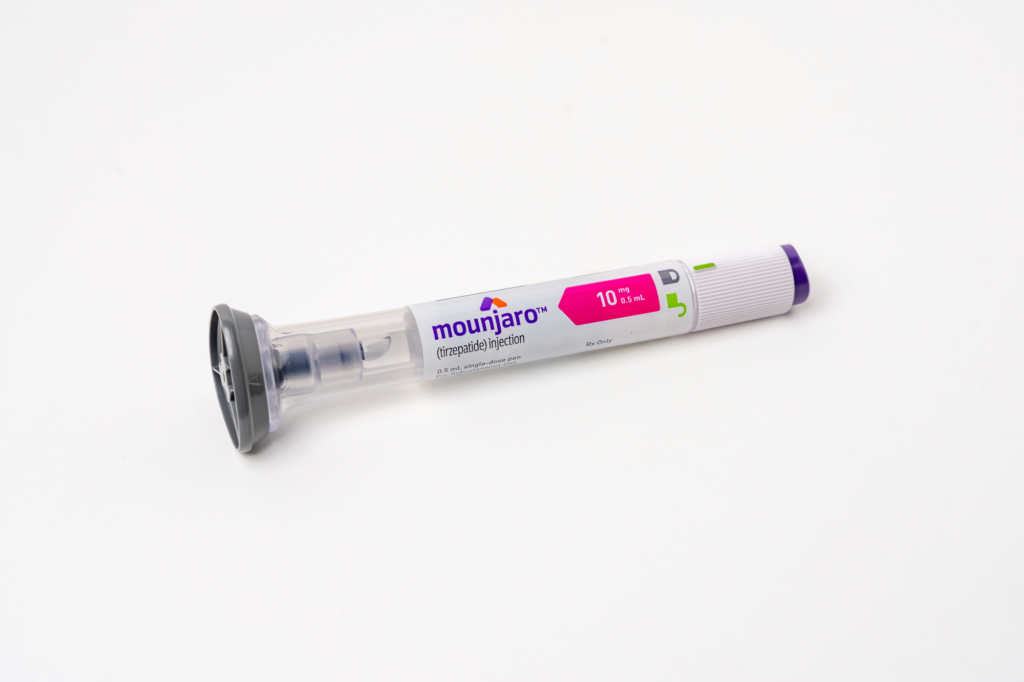Increasingly practitioners are voicing concerns about the long-term safety of opioid medications for treating chronic pain. Since 2000, nearly 165,000 lives have been lost from addiction to prescription opioids, according to federal reports.
A new study by professors at University of Colorado Boulder shows the escalation of opioid prescriptions for pain may actually contribute to long term pain. And, an alternative that may seem counterintuitive – regular exercise — has emerged as a viable first line therapy for pain prevention.

It is well known that in a normal response, say when peripheral nerve injury occurs, the damaged nerve cells send a message to the glial cells in the spinal cord to clear out unwanted debris and microorgnisms. Grace compares this to “turning up a dimmer switch on the spinal cord.” However in this most recent study, even after five days of morphine, the rat’s glial cells went into frenzy, which triggered a cascade response, including spinal cord inflammation.
“The initial pain signals to the spinal cord and the subsequent morphine-induced treatment is a two-hit process, which she likened to slapping a person’s face, Watkins said in the press release. “You might get away with the first slap, but not the second,” she said. “This one-two hit causes the glial cells to explode into action, making pain neurons go wild.”
Grace and Watkins said this cascade produces a cell signal interleukin-1beta (IL-1b), which increases the activity of pain-responsive nerve cells in the spinal cord and brain. That in turn increases in pain duration for several months.
Grace and Watkins are researching ways to block specific receptors on glial cells that recognize opioids to allow for pain relief while potentially preventing long-term chronic pain. They are using a designer drug technology known as DREADD to selectively turn off targeted glial cells.
This therapy blocks the two main receptors Toll-Like receptor 4 (TLR4) and P2X7R, which prevents the immune response from kicking in. This allows for the pain killing benefit of morphine without causing long term further pain (for more on DREADD, see below for a free download of an article in the Oxford International Journal of Neuropsychopharmacology).
Exercise as a Pain Response Reduction Tool
At the May 2016 annual scientific meeting of the American Pain Society, Grace and Watkins presented data showing that exercise plays a significant role in reducing pain response (the published paper is currently on press for the journal Pain). The animal model in this study showed that preemptive running protects the body from pain after nerve injury, which could be a clue as to why athletes seem to recover so much more quickly from injury than the general public.
In the study rats voluntarily increased their running on a wheel from 2 
By two weeks after the surgery, the pre-injury exercising rats had a less dramatic reaction to a poke from a von Frey hair than the rats with CCI on the locked running wheel and the sham surgery rats. This suggests a protective effect that lasted for as long as 90 days after the injury.
Grace and Watkins then looked at exercise’s role in interactions with the immune system and how that might affect pain management. Three days and 14 days after nerve injury, they measured markers of macrophages and inflammation in the sciatic nerve and the dorsal root ganglia (DRG). “When we looked at the tissue, macrophage infiltration was decreased in the running rats compared to animals with a locked running wheel,” Grace said, which indicated a reduced inflammatory response to the peripheral nerve injury.
They then measured inducible nitric oxide synthase (iNOS), a marker of inflammatory activity, and arginase-1 (Arg-1), a putative marker of anti-inflammatory activity. For the rats with the preemptive running pattern, iNOS was reduced compared to CCI rats with a locked wheel at both three and 14 days post-injury. And, Arg-1 was elevated compared to the sedentary rats at three days but lower in the running rats 14 days after surgery.
Grace said in the presentation this “suggests that exercise may be inducing an anti-inflammatory pathway early on, but that later it perhaps promotes immune suppression, which might in turn reduce the severity of the injury.” And this could easily explain why “If you get injured and you’re at risk for chronic pain, if you’re in shape, the consequences may not be as severe. Exercise is protective,” Grace said.
The study in the Proceedings of the National Academy of Sciences also involved Professor Hubert Yin of CU-Boulder’s BioFrontiers Institute as well as researchers from the University of Adelaide in Australia, the University of North Carolina, the Chinese Academy of Sciences, the National Institute on Drug Abuse, the National Institute on Alcohol Abuse and Alcoholism, and Tsinghua University in Beijing.
Save








